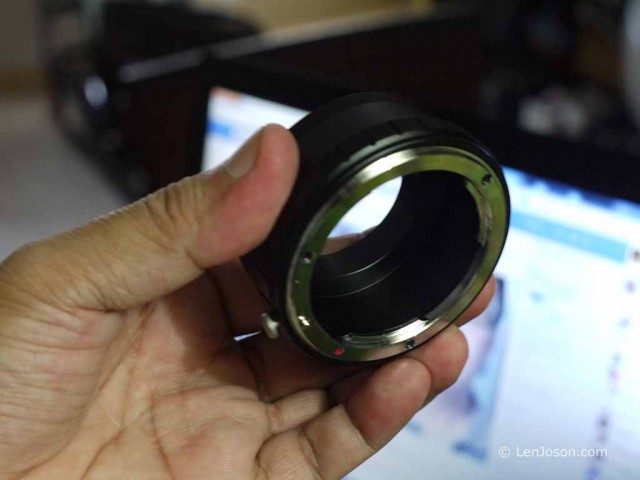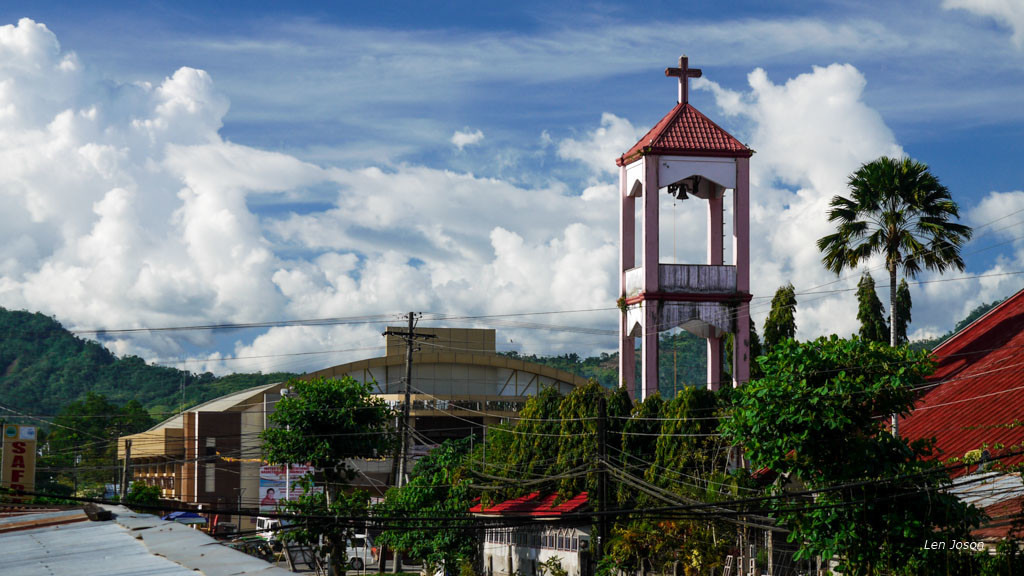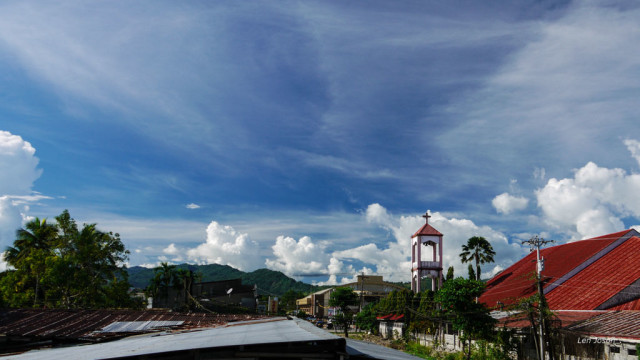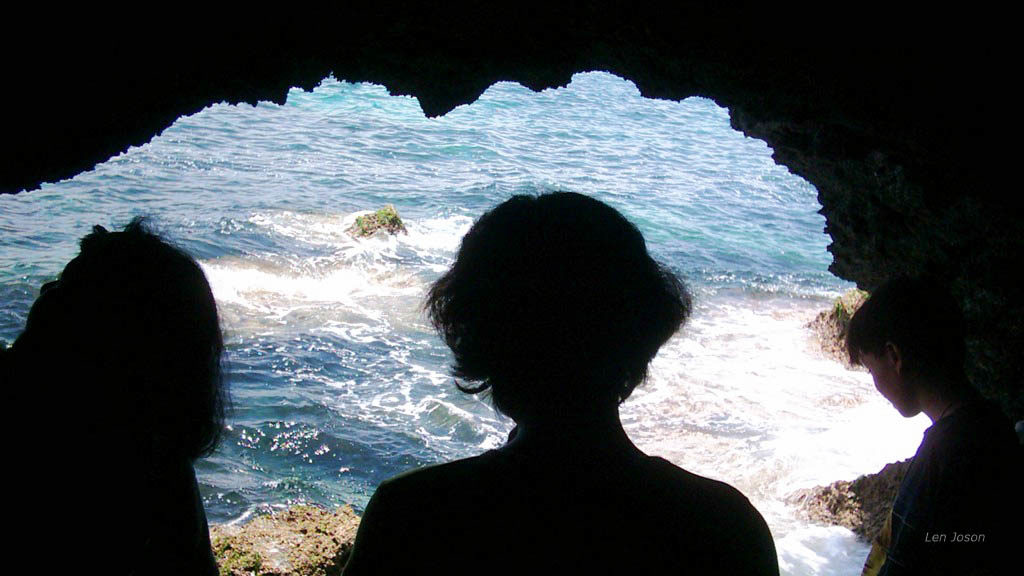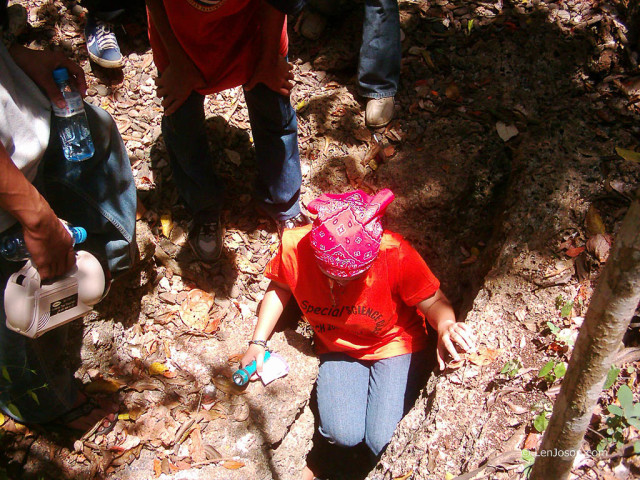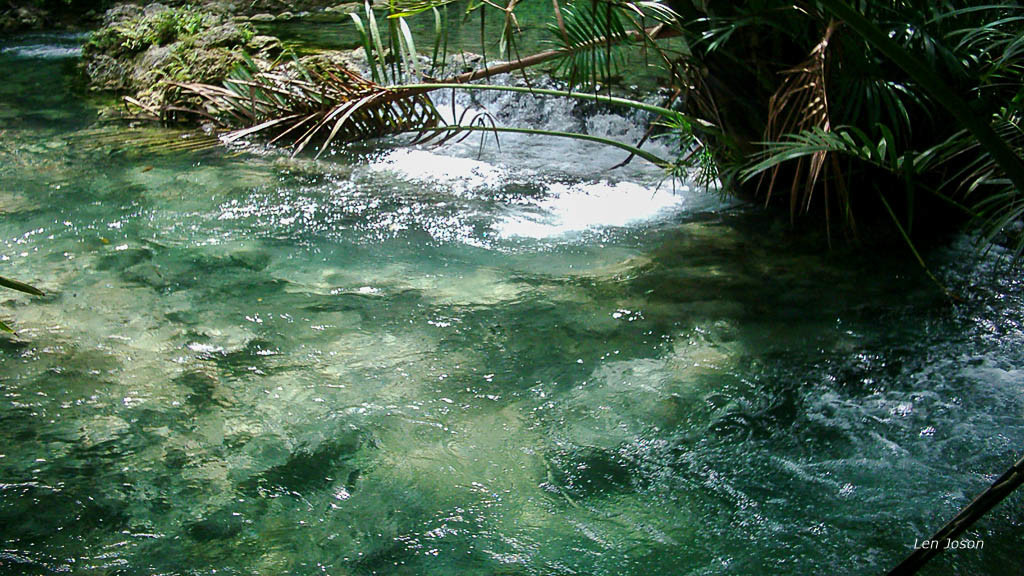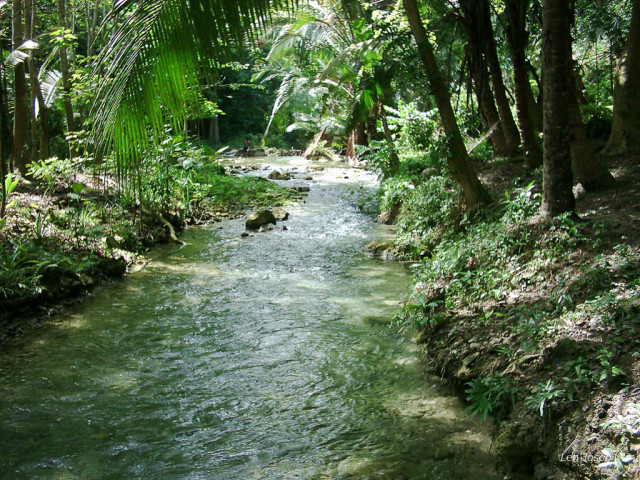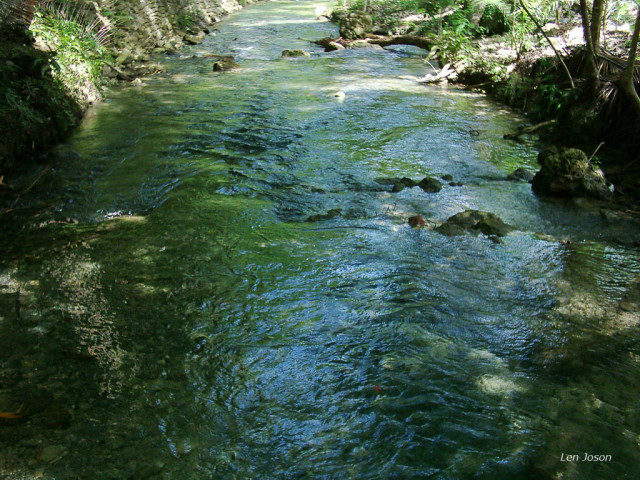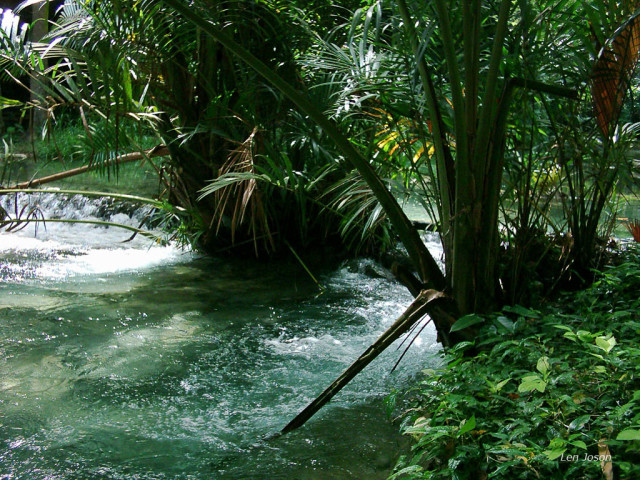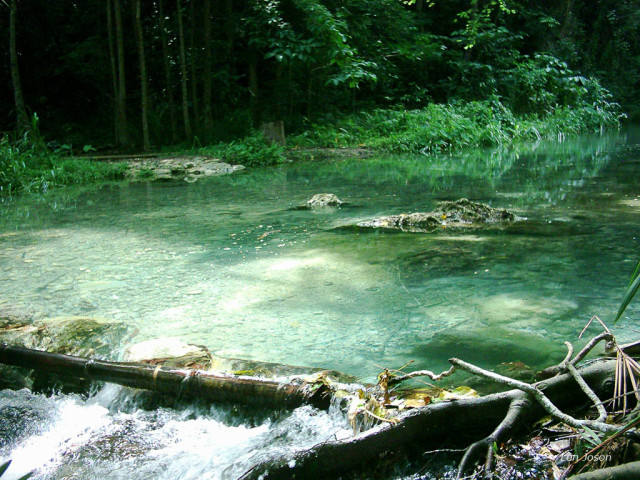According to Jesus, “God is Spirit” (John 4:24). But what is spirit? Well, the New Testament was written in Greek and the word used here for spirit is pneuma which simply means wind. The word pneuma is where we get the term, pneumatic pump, as an example. The English word, spirit itself comes from the Latin word, spiritus which also means wind or breath. Even the Hebrew word, ruach for spirit also means wind or breath. So it all means essentially the same thing, wind or breath. So, is Jesus then saying that God is wind or breath literally? Of course not. It’s descriptive or figurative language—not literal.
Unfortunately, some people think that the Bible must always be interpreted literally and that could be problematic at times when interpreting Scripture.
God, Time and Space
Whenever we talk about God, let us remember that God created everything—visible and invisible (Col. 1:16). He created time and space and he is not bound by it. He is outside and not subject to time and space—the realm of the natural, physical world. Matter or energy is created by God whether it’s visible or invisible. God is not limited by time and space. He is outside of it—“outside the box,” so to speak. So when we talk about God and Spirit, let’s not put limitations on God and place him—“inside the box.”
When Jesus said that God is Spirit, he meant that God is invisible because that is one of God’s qualities or attributes. It doesn’t mean God is part of matter or energy or that God is literally wind. The ancient people did not have precise words to describe the unlimited God. Human language is limited to describe God fully. Even today, our human language is inadequate to fully describe God and so therefore we can only use inadequate, insufficient descriptive or figurative language to describe our infinite and unlimited God. That is why Jesus said God is Spirit (wind) using the language of his day.
When Jesus said “God is Spirit,” I take it to mean the very opposite of matter or energy. It take it to mean that Spirit means non-matter. It is infinite, it is one whole, indivisible. No one has seen the Father. He is Spirit. The Word is Spirit too. And the Holy Spirit is of course also Spirit. They are one, indivisible, infinite. That is why the Bible says God is one. God is one divine being in three persons: Father, Son and Spirit. Now do I fully and completely understand this concept? Of course not. I can’t. It’s beyond my human comprehension because God is not part of the created order. He is “outside the box” and is beyond my human comprehension. He lives in a different dimension which I could not fathom. But I believe it.
Why? Because that is what God reveals in Scripture. I believe it even though I don’t understand it fully and completely because that is the revelation from Scripture. This is the difference between relying on pure human logic and trusting on God’s Word because that is what he reveals in Scripture whether one understands it or not. To me, to trust God’s Word that God is one divine being who is the Father, Son and Holy Spirit is the logical thing to do. Trust in God’s Word. That’s logic.


